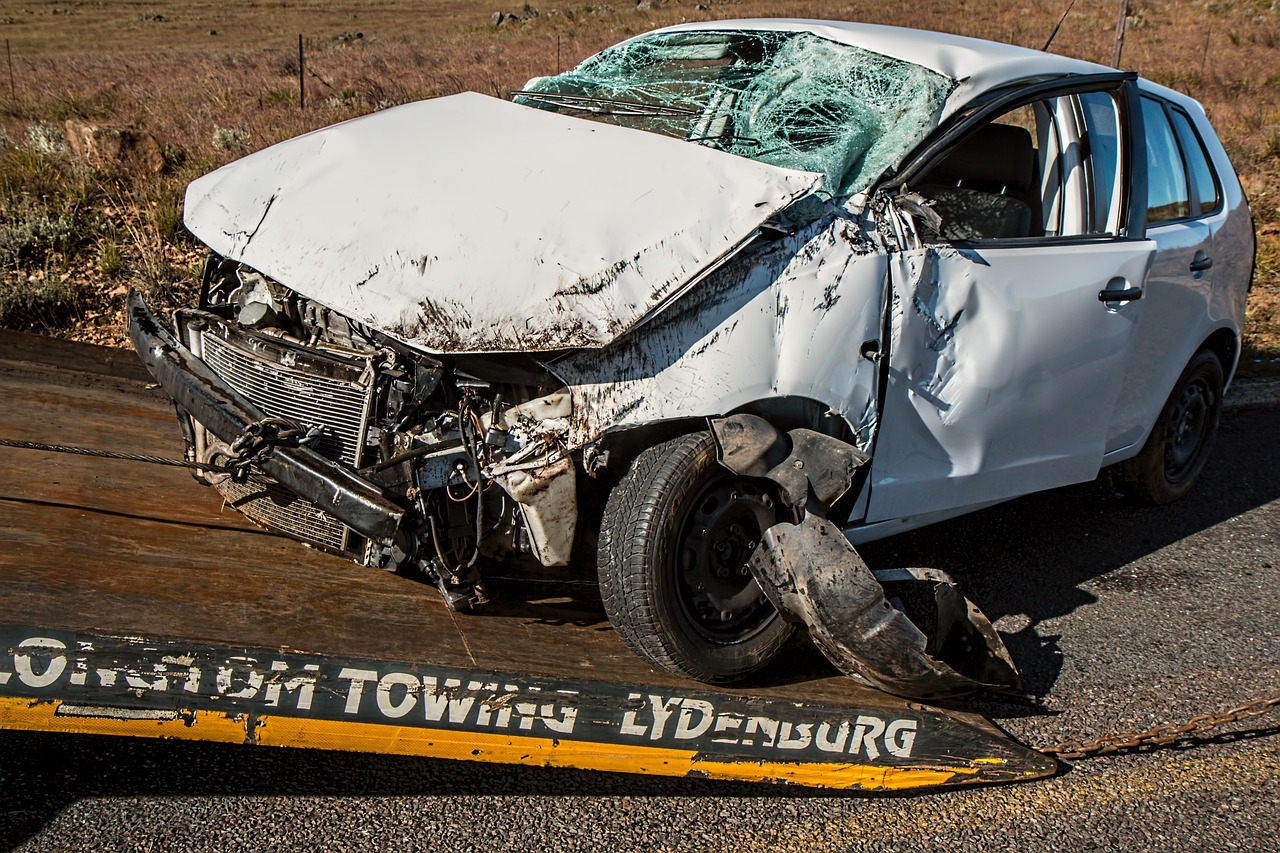Restaurant business insurance is a crucial aspect of running a successful restaurant. It helps protect restaurant owners from financial losses due to unexpected events such as property damage, liability claims, and employee injuries. Without proper insurance coverage, a single incident could potentially bankrupt a restaurant.
There are several types of insurance policies that restaurant owners should consider, including general liability insurance, property insurance, workers’ compensation insurance, and liquor liability insurance. General liability insurance covers bodily injury and property damage claims that may arise from restaurant operations, such as slip and fall accidents or food poisoning incidents.
Property insurance protects against damage to the restaurant’s physical property, such as from fires, storms, or theft. Workers’ compensation insurance provides coverage for employee injuries or illnesses that occur on the job. Liquor liability insurance is necessary for restaurants that serve alcohol, as it covers claims related to alcohol-related accidents or injuries.
In essence, restaurant business insurance is a crucial investment for any restaurant owner. It provides peace of mind and financial protection in the event of unexpected incidents. Restaurant owners should carefully consider their insurance needs and work with a reputable insurance provider to ensure they have the appropriate coverage.
Types of Restaurant Business Insurance
When it comes to protecting your restaurant business, having the right insurance coverage is crucial. Here are some of the most common types of restaurant business insurance:
1. Property Insurance
Property insurance is designed to protect your restaurant’s physical assets, such as the building itself, equipment, and inventory, against damage or loss due to events such as fire, theft, or natural disasters. This type of insurance can help you recover the cost of repairs or replacement of damaged or lost property.
2. Liability Insurance
Liability insurance is essential for any restaurant business. It protects you from legal liability for injuries or damages caused to customers, employees, or third parties due to your business operations. This type of insurance can cover legal fees, medical expenses, and other costs associated with lawsuits or claims against your business.
3. Workers’ Compensation Insurance
Workers’ compensation insurance is required by law in most states. It provides benefits to employees who are injured or become ill due to their work. This type of insurance can cover medical expenses, lost wages, and other costs associated with work-related injuries or illnesses.
4. Business Interruption Insurance
Business interruption insurance can help protect your restaurant business from financial losses due to unexpected events that cause you to temporarily close your doors, such as a fire or natural disaster. This type of insurance can cover lost income, ongoing expenses, and other costs associated with the interruption of your business operations.
Having the right insurance coverage can help protect your restaurant business from unexpected events and financial losses. It’s important to work with an experienced insurance professional to determine the right coverage for your specific needs.
Evaluating Insurance Needs for Restaurants
When it comes to running a restaurant, there are many risks involved. From slip and fall accidents to food poisoning, there are a variety of incidents that can occur. That’s why it’s important for restaurant owners to have the right insurance coverage in place. Here are some key factors to consider when evaluating insurance needs for restaurants.
Assessing Risks
The first step in evaluating insurance needs for restaurants is to assess the risks involved. This includes identifying the types of incidents that are most likely to occur at your restaurant. For example, if your restaurant is located in an area with a high crime rate, you may want to consider adding coverage for theft and vandalism. If your restaurant serves alcohol, you may need liquor liability coverage to protect against incidents related to alcohol consumption.
Coverage Limits and Deductibles
Once you’ve identified the risks involved, the next step is to determine the appropriate coverage limits and deductibles. Coverage limits refer to the maximum amount that an insurance policy will pay out in the event of a claim. Deductibles are the amount that the policyholder is responsible for paying before the insurance coverage kicks in.
It’s important to strike a balance between having enough coverage to protect your restaurant and keeping premiums affordable. For example, if you have a high deductible, your premiums may be lower, but you’ll be responsible for paying more out of pocket in the event of a claim. On the other hand, if you have a low deductible, your premiums may be higher, but you’ll have more coverage in the event of a claim.
In conclusion, evaluating insurance needs for restaurants is an important process that should not be overlooked. By assessing risks and determining appropriate coverage limits and deductibles, restaurant owners can protect their businesses and their customers from a variety of incidents.
The Insurance Buying Process
When it comes to buying insurance for your restaurant business, there are a few key steps that need to be taken to ensure that you get the right coverage at the right price. Here are the three main steps of the insurance buying process:
Choosing an Insurance Provider
The first step in the insurance buying process is to choose an insurance provider. This can be a daunting task, as there are many insurance companies out there that offer coverage for restaurant businesses. It’s important to choose a provider that has experience working with restaurants, as they will be better equipped to understand the unique risks and challenges that your business faces.
Policy Customization
Once you have chosen an insurance provider, the next step is to customize your policy. This involves working with your provider to identify the specific risks that your restaurant faces, and then tailoring your policy to address those risks. For example, if your restaurant is located in an area that is prone to flooding, you may want to add flood insurance to your policy.
Comparing Quotes
Finally, once you have customized your policy, it’s time to compare quotes from different insurance providers. This will help you ensure that you are getting the best coverage at the best price. When comparing quotes, be sure to look at the coverage limits, deductibles, and exclusions for each policy to ensure that you are making an apples-to-apples comparison.
By following these three steps, you can ensure that you get the right insurance coverage for your restaurant business.
Managing Insurance and Claims
Regular Policy Review
To ensure that a restaurant business is adequately protected, it is important to review insurance policies regularly. This means reviewing coverage limits, deductibles, and exclusions to make sure they are still appropriate for the business’s needs. It is also important to keep up with changes in the industry and new risks that may arise.
One way to stay on top of policy reviews is to work with an insurance agent who specializes in restaurant insurance. They can provide guidance on what types of coverage are necessary and how much coverage is needed. They can also help identify any gaps in coverage that need to be addressed.
Handling Claims Efficiently
When a claim does arise, it is important to handle it efficiently to minimize the impact on the business. This means reporting the claim promptly, providing all necessary documentation, and working closely with the insurance company to resolve the claim as quickly as possible.
To make the claims process smoother, it is a good idea to have a designated person within the business who is responsible for handling insurance claims. This person should be familiar with the insurance policies and know what steps to take when a claim arises.
In addition, it is important to keep accurate records of all incidents that could potentially lead to a claim. This includes maintaining records of employee training, safety inspections, and any incidents that occur on the premises. By having this information readily available, the claims process can be expedited and the business can get back to normal operations as soon as possible.










